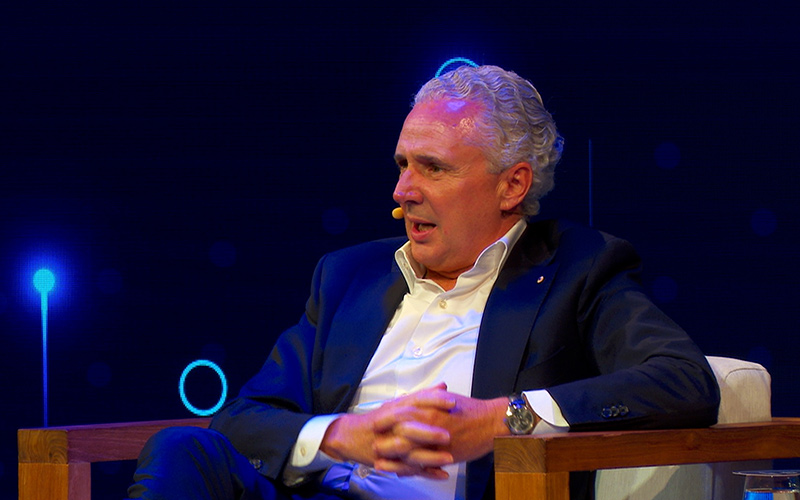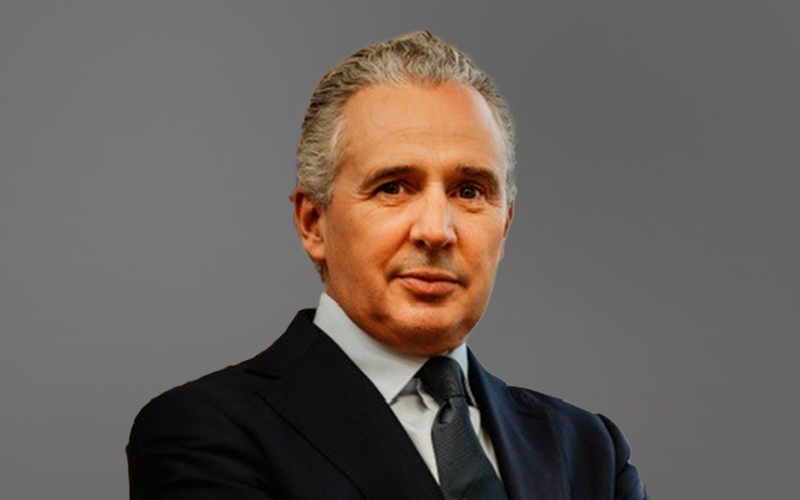
A company’s system, processes and operations are a reflection of how they choose to do business. However, to survive in the current fast-paced landscape, businesses must be agile. For this, they need to digitally transform, keep track of their digital assets, delegate roles to protect these assets and make sure to plan ahead, always. But sometimes even making a start can be a challenge.
When there’s history, there’s resistance to change. Large legacy companies have stringent rules that bind them and make operations more complex than they need to be. But a leader can’t give up. The former CEO of Telstra and a member of the Cyber Security Industry Advisory Committee, Andy Penn shares how he tackled challenges right from the root.

Key Takeaways
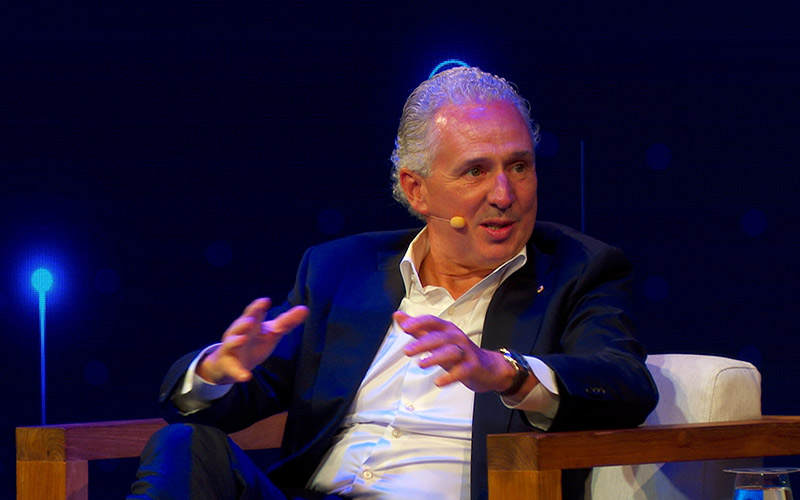
Stitch the Ends Together
There are various kinds of people in a company, and usually, they’re all separated by their functions, divided into the distinct roles they play, which sometimes causes friction. A real leader tackles these differences with empathy and understanding and ensures unity nonetheless.
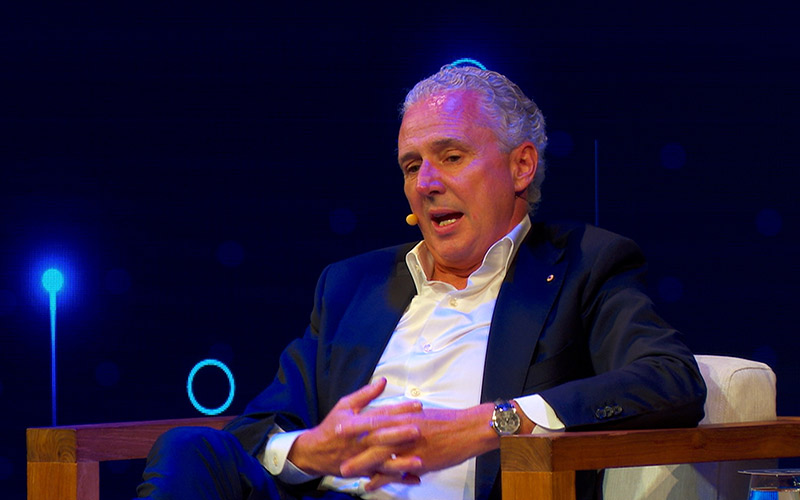
Cut Off Complexities
Large companies often follow a rigid system of operation where every change must go through endless processes. This results in slower decisions and a lack of flexibility. To solve challenges, sometimes it’s necessary to completely cut them off, at the core.

Define What You’re Delivering
A vision is what drives a business. And it’s imperative that this vision is communicated to the employees so they can align themselves accordingly. When each individual knows what is expected of them and why they’re given a task, they know exactly what to deliver.
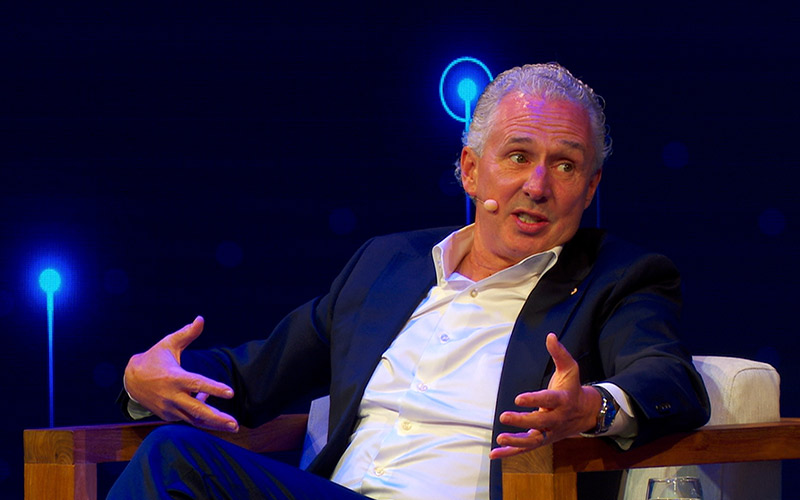
Think Like an Optimist
We’re at the cusp of a digital transformation. And with people continuing to explore new ideas, we’re looking at a new form of evolution. Andy Penn believes that this rapid transition will bring about a change in individual priorities and transform the way businesses operate.
If I think about all of the things that have been dynamic and have really impacted business, technology has been overwhelmingly the most significant.



